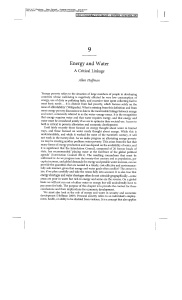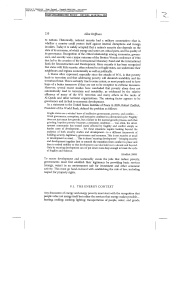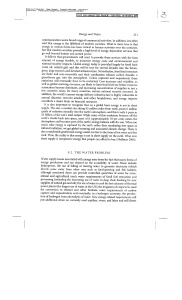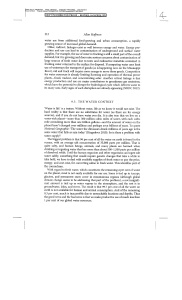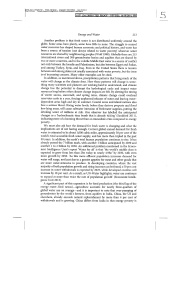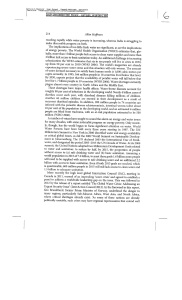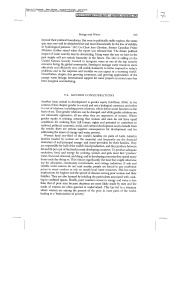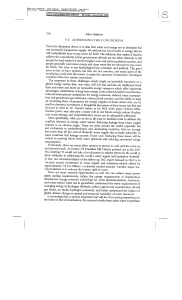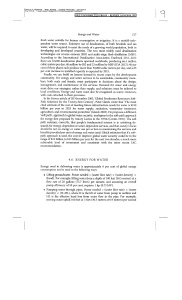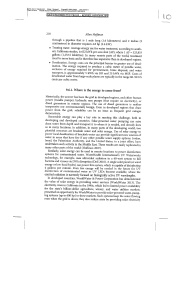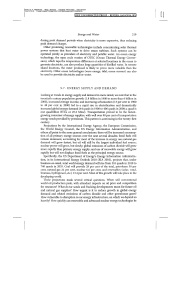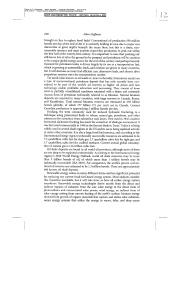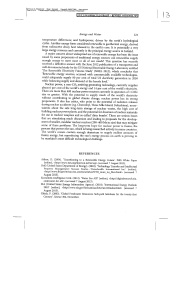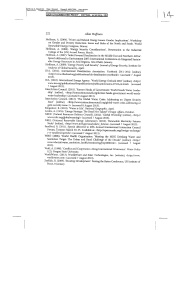This blog post is stimulated by an OpEd piece in today’s (12 December 2014) Washington Post. I reproduce it here as published before I comment on what it says.
“One of the most boneheaded anti-government policies of the last decade is back”
By Stephen Stromberg
A vintage-style incandescent light bulb (C) is shown with an LED light bulb (L) and a compact florescent (CFL) light bulb on December 27, 2013 in Chicago, Illinois (note: this picture not reproduced in this blog post). These incandescent bulbs, which have been in use for more than 100 years, are being replaced by the more energy efficient compact florescent and LED light bulbs. (Photo Illustration by Scott Olson/Getty Images)
In the trillion-dollar budget deal Congressional leaders revealed Tuesday, Republicans didn’t press to defund the Environmental Protection Agency’s climate change rules. But they did uphold one of the most boneheaded anti-government riders of the last decade.
Some quick background: The United States wastes astounding amounts of electricity on light bulbs. The Energy Department figures that American homes spend about 10 percent of their electricity bills on lighting, and households that use old, Edison-era incandescents convert less than 10 percent of the electricity they buy for their bulbs into light. The rest uselessly dissipates as heat.
Though households quickly save money on energy bills when they buy more expensive bulbs that waste less power and last longer, Americans for years didn’t push the transition forward absent a government nudge. This left hefty national savings on the table, as well as a surprisingly large environmental dividend. The EPA calculates that every incandescent bulb switched for a more efficient compact fluorescent bulb saves about 84 pounds in carbon dioxide emissions every year. The Energy Department figures that a transition to super-efficient LED bulbs by 2027 would save about 44 large power plants’ worth of electricity (h/t Brad Plumer).
So Congress passed some simple light bulb efficiency standards in 2007. Lawmakers didn’t ban incandescent bulbs. Instead they demanded that bulbs produced in or imported into the U.S. use no more than a certain amount of electricity to produce a certain amount of light. If manufacturers could make incandescents less wasteful, they could produce the improved bulbs freely. One result has been a boom in the commercialization of new lighting technologies that could save Americans some $6 billion next year.
Another result was an upsurge in counterproductive ideological fuming from the right: In a different budget compromise passed earlier this year, Republicans added a rider prohibiting the Energy Department from enforcing the bulb standards. The rules are still technically on the books, and major manufacturers have switched over to producing better bulbs. But the government won’t be able to stop anyone from playing to people’s short-term bottom line by producing, importing or selling ancient Edison bulbs. It’s not clear whether that will happen on a large scale, in part because retailers have been selling leftover inventories of old-design incandescent bulbs over the course of this year. But those supplies will run out. Regardless, in the latest budget deal Republicans again tacitly encourage undercutting the efficiency rules, keeping the rider in place.
Among other overblown complaints, critics have argued that the light that new bulb designs put out doesn’t feel the same as that of the old incandescents. In fact, bulb manufacturers have made great strides in adapting bulbs to Americans’ tastes. Even if they hadn’t, avoiding a few drawbacks in otherwise functional bulbs clearly isn’t worth wasting $6 billion and creating tons of extra emissions every year. Any rational government would push this transition along. I’m still not sure what kind of government Republican lightbulb hawks want.”
This is a topic I’ve commented on before (see my earlier blog post entitled ‘Lighting: A Revolution in Progress’) but feel the need to comment on again as some members of Congress are still pushing a policy that acts against the U.S. national interest – i.e., the need to reduce energy unnecessarily wasted in producing light. About one fifth of U.S. generated electricity goes into lighting, a large fraction, much of which can be saved by switching to more efficient and increasingly less costly forms of lighting such as LEDs. In addition to reducing the need for power plants to provide this electricity, associated carbon emissions and consumer electricity costs can be reduced significantly. This transition is inevitable and is picking up speed as LED costs come down as large-scale manufacturing of LEDs takes place.
My point in revisiting this topic is to emphasize some of the important points in the OpEd piece that unfortunately still need emphasizing with some members of Congress and the public: the economic and environmental benefits of switching from traditional incandescent light bulbs to LEDS are abundantly clear and U.S. Government action to impose standards on light bulb performance is not a ban on incandescent bulbs as some people have misrepresented. As the Oped correctly states: “So Congress passed some simple light bulb efficiency standards in 2007. Lawmakers didn’t ban incandescent bulbs. Instead they demanded that bulbs produced in or imported into the U.S. use no more than a certain amount of electricity to produce a certain amount of light. If manufacturers could make incandescents less wasteful, they could produce the improved bulbs freely.” If legislators see this imposition of standards as objectionable, then they must also be opposed to the variety of energy efficiency performance standards other Congress’ have mandated since the 1970s on devices such as refrigerators, air conditioners, and hot water heaters. Let them speak up if that is their position and take their arguments to and their chances with the American public rather than sneaking undiscussed items into must-pass budget legislation.
I would also like to take this opportunity to restate, in a simple example, the clear energy and economic benefits of switching from incandescents to LEDs. In the world of no-brainers this stands at the top of the class. In my earlier blog post I did this calculation for a CFL (compact fluorescent light bulb) which is now losing out to LEDs. The LED example is even more compelling.
In this example I compare a 60 Watt incandescent bulb (Sylvania A19 Soft White Dimmable) with an LED replacement (CREE 60W Soft White A19 Dimmable LED). The former are available at Lowe’s for $4.49 for a package of 8, and the 11 Watt LED is available at Home Depot for $7.97. The Sylvania bulb is advertised to have a 2,000 hour life while the identically shaped LED bulb is advertised to have a lifetime of “22.8 years (Based on 3hrs/day)”.
For purposes of calculation let me round the numbers off to 55 cents per bulb for the incandescents and $8 per bulb for the LED. Electricity is assumed to cost 10 cents/kWh. The LED lifetime is (3hours/day)x(365days/year)x(22.8years)=24,966 hours. In this amount of time you would replace the 55 cent incandescent light bulb 12.5 times.
Thus, after 24,966 hours the cost of using the incandescent bulb would be (0.06kW)x(24,966hours)x($0.10/kWh) = $149.8 + (12.5bulbs)x(0.55cents/bulb) = $156.7 (Note: this does not take into account any costs associated with replacing the bulb at least 12 times). The cost of using the LED to provide an equivalent amount and quality of light would be (0.011kW)x(24,966hours)x($0.10/kWh) = $27.5 + (1bulb)x($8/bulb) = $35.5.
This simple comparison demonstrates why a switch from incandescents to LEDs is inevitable and is already underway as initially high LED costs come steadily down. Even at $8/LED bulb the economic comparison ($36 vs $157) is devastating to incandescents, even improved incandescents that have been developed in response to the new efficiency standards. The economic argument for consumers is only buttressed by the benefits to electric utilities that need fewer power plants to meet lighting needs, and by the associated environmental benefits. Given that lighting needs consume about 19% of global generated electricity the benefits of this lighting revolution in combatting global warming and climate change are obvious.
While there can be debatable policy differences on how to generate the electricity we need, there should be no argument about proceeding down the LED path. This really is a no-brainer that even ‘Republican lightbulb hawks’ should understand.
